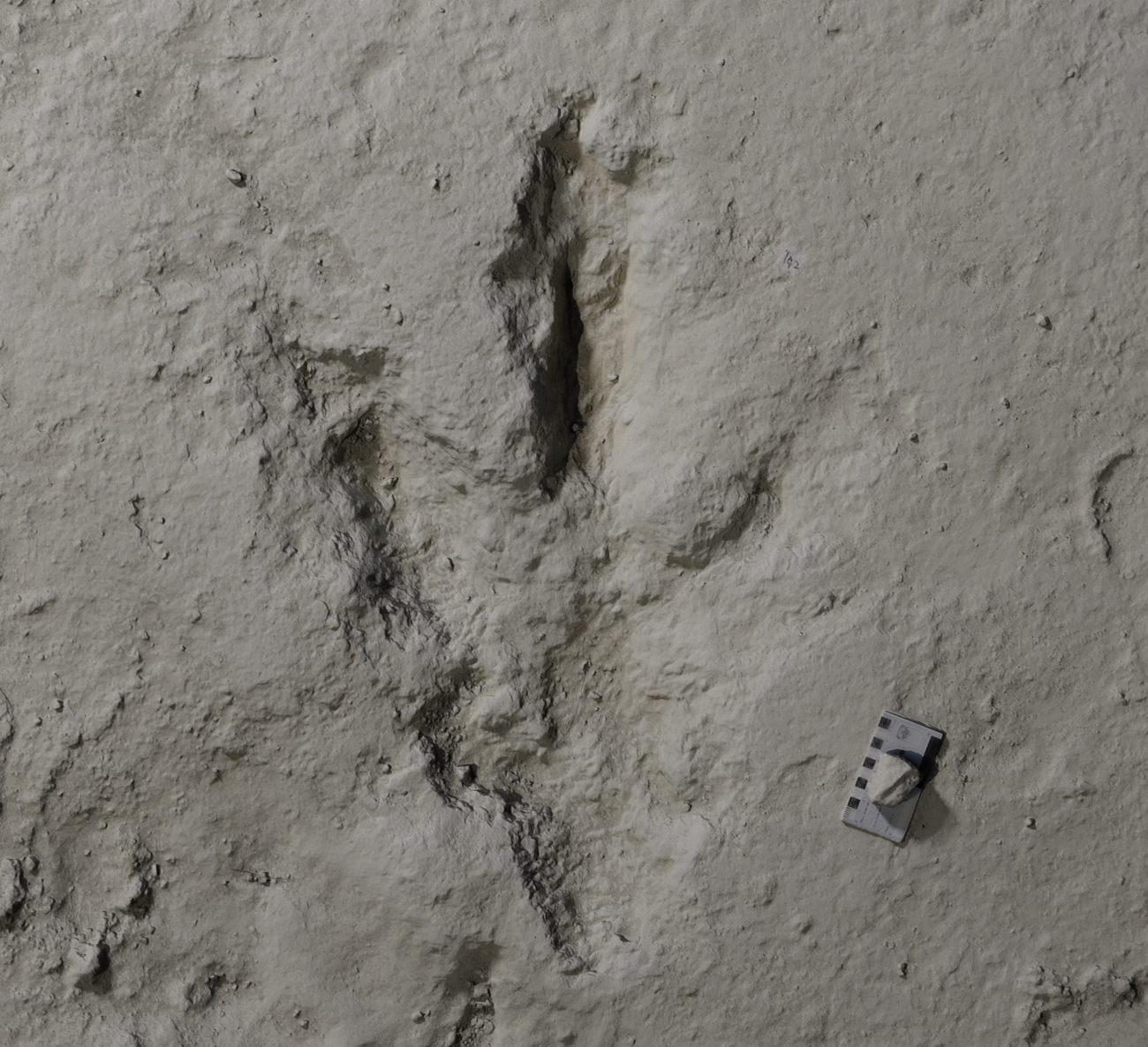A Quarry Worker Felt Strange Bumps While Digging. They Turned Out to Be the Largest Dinosaur Trackway in the U.K.
About 166 million years ago, dinosaurs ambled across a shallow lagoon in modern-day Britain. Some of the Jurassic giants took their sweet time, moving in fits and starts; others might have skulked more urgently. All made the mud squelch beneath their toes as they tromped here.
At the time, such an occurrence was just a mundane event of dinosaurs on the march. But the terrain preserved these fleeting crossings—though the dinosaurs are long gone, the impressions they left behind remain. Now, researchers and volunteers have uncovered the entire trackway where these Mesozoic monsters came and went. Containing around 200 marks in total, the site is the largest collection of fossilized footprints to have been discovered in the United Kingdom.
. “You can step back in time and get an idea of what it would have been like, these massive creatures just roaming around, going about their own business.”
The dinosaur stomping ground was first discovered by quarry worker Gary Johnson while he was operating a mechanical digger. As he stripped back the clay from the ground, he felt unusual bumps underneath his machine. These might not usually be anything to gape at, but it was their repetition that caught Johnson’s attention. Every ten feet or so, he would find a similar hump.
Johnson had historical precedent to suspect that the regular impressions could be of paleontological significance: In 1997, a dinosaur crossing with 40 footprints was discovered nearby. He wondered if the holes on the ground could be another hotspot for dinosaur traffic. To find out for sure, he called in the experts.
“I thought, ‘I’m the first person to see them.’ And it was so surreal—a bit of a tingling moment, really,” he tells BBC News.
with brushes.
, and its study in 1824 kickstarted modern-day paleontology.

from Oxford University, the series of tracks could extend much farther.
. The research team suspects a storm piled sediment on top of the footprints and protected them from erosion.
. From the shapes in the ground, the researchers conclude that the sauropod came by before the carnivore. Perhaps the predator was tracking its potential target, they suggest, though it’s impossible to say for sure. Elsewhere, one of the footprints on the largest sauropod track is out of sequence; researchers think the behemoth could have paused to look back over its shoulder.
. “Along with other fossils like burrows, shells and plants, we can bring to life the muddy lagoon environment the dinosaurs walked through.”
Modern analytical tools and digital recording equipment will help scientists glean more insights about the dinosaurs’ day-to-day lives. During the dig, the team created molds from individual footprints and took more than 20,000 photos. These will help researchers create 3D models of the individual markings, as well as the terrain. The data will help inform scientists about the makers’ size, gait and walking speed, as well as how they might have interacted. Using computer models, the researchers can potentially recreate the scenes of dinosaurs on the move.
, but they give beholders a different kind of view into history. Bones provide largely static information—like shape and anatomy—but footprints are records of life, when the dinosaurs were still moving.
. She was involved in the efforts to excavate the tracks last summer. “Similar to when you see human footprints on a path ahead of you, a dinosaur track gives the impression that the creature could be miles away in the direction the tracks march on but was here only a moment ago.”
Taken together with the bones, however—and with some help from modern technology—these earthen imprints give a holistic picture of the prehistoric creatures that sashayed along in their heyday, oblivious to the puny mammals of the future who would gawk at their footprints millions of years later.

Post a Comment